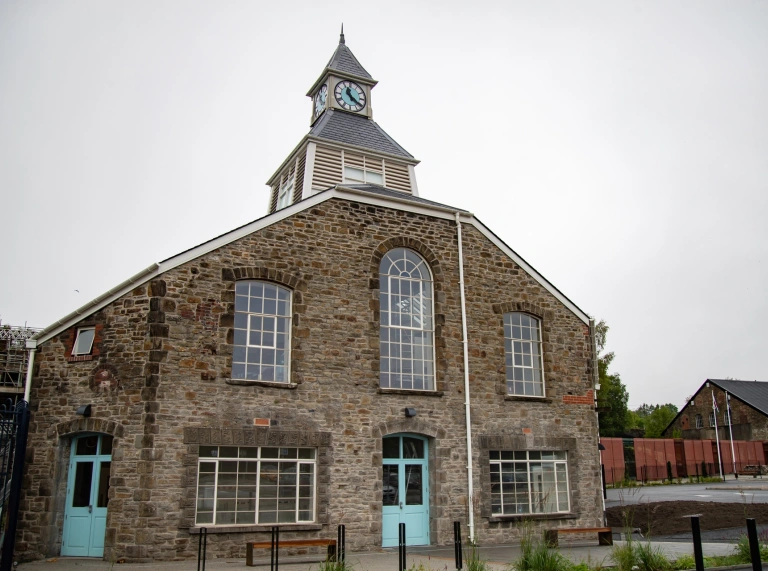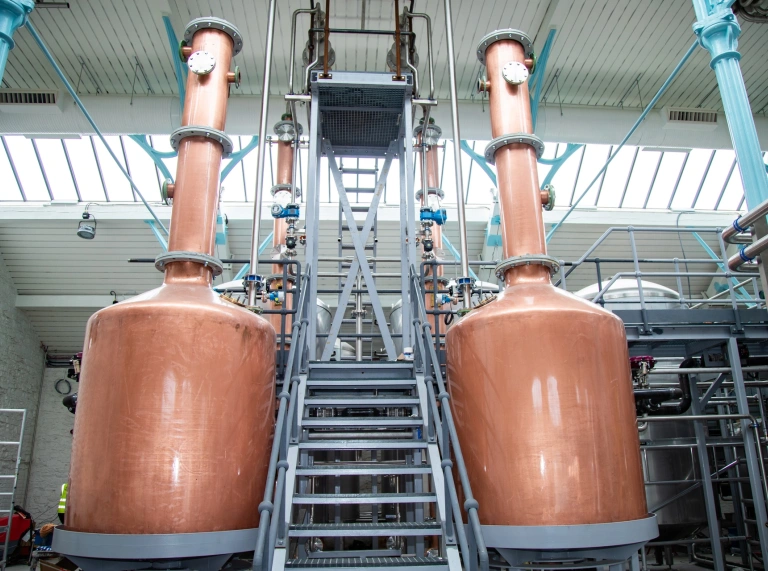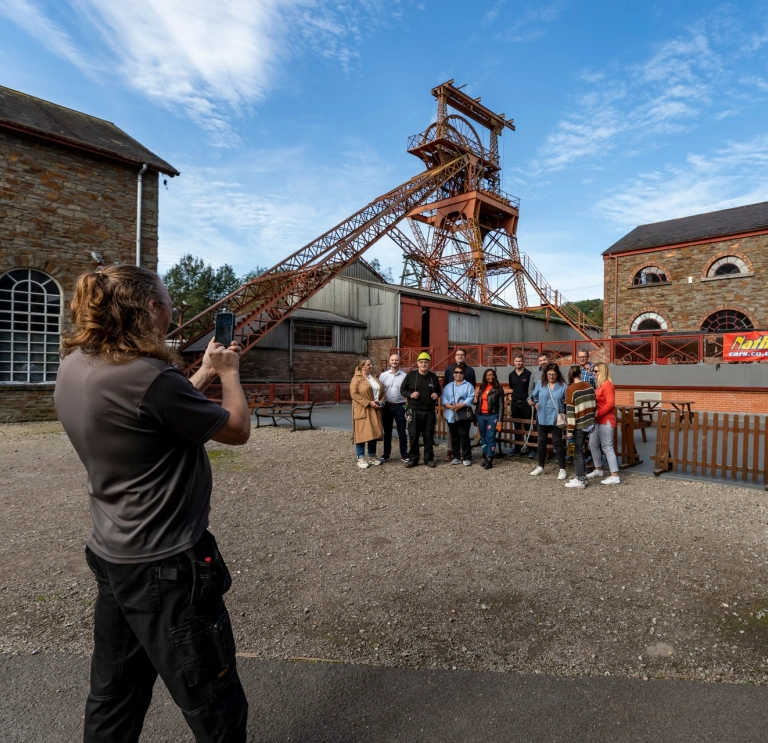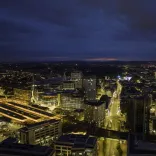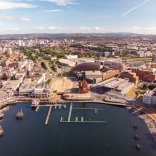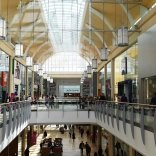Wales was the first industrial nation and as a result South Wales had a big impact worldwide, especially during the 18th and 19th centuries. Many of the resources such as coal were mined in the valleys and shipped around the world from the busy ports of Newport, Cardiff and Swansea. This article highlights industrial heritage of South Wales and the various attractions your clients can visit to learn more and experience this unique area of Wales.
Blaenavon
Blaenavon was a major producer of iron and coal and as a result in 2002 the Blaenavon Industrial Landscape was awarded UNESCO World Heritage Status. To find out more, visits to Blaenavon World Heritage Centre, Blaenavon Heritage Railway and Blaenavon Ironworks in the town are recommended.
In addition, Big Pit National Coal Museum educates the visitor about life as a Victorian miner. There are the popular underground tours run by ex-miners, exhibitions in the Pithead Baths and historic colliery buildings that contrasts with a multi-media tour of a modern coal mine with a virtual miner.
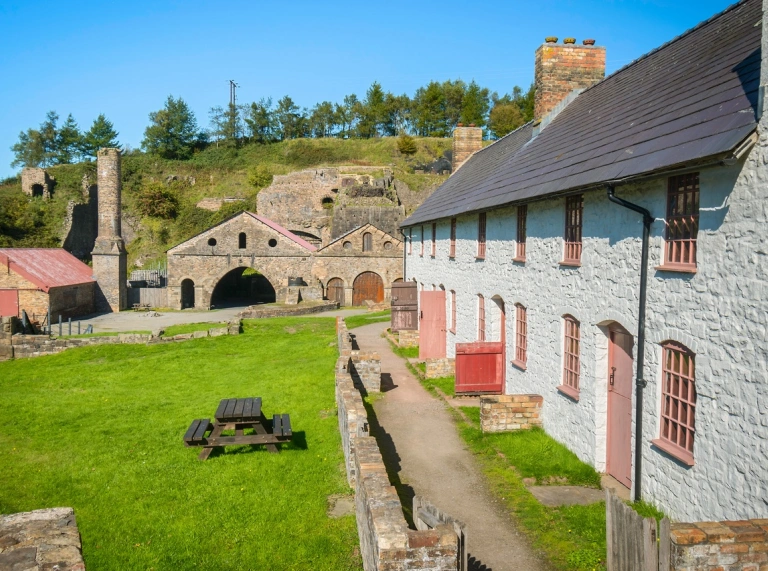
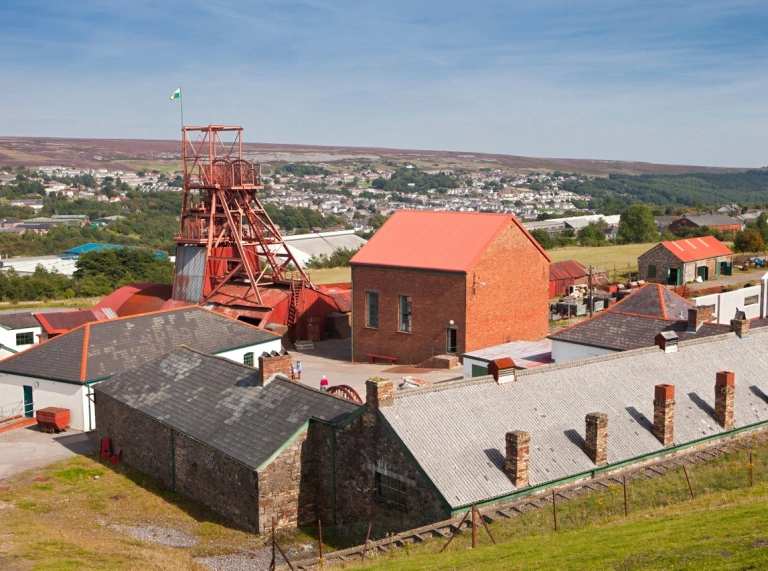
Cardiff
Today Cardiff is the capital city of Wales, but pre-industrial revolution (around 1801) it was a tired and remote town with a population of less than 2,000. Its small port attracted attention and grew to become the world’s most important and largest coal port due to the investment of the docks by the Bute Family. Transportation changed from horse, canal and then to the train as the quantities of coal and iron increased.
Over the years, the focal building is the Pierhead building which was designed to be best viewed from the ships entering the port. It was made using distinctive Ruabon terracotta brick, from the town in North East Wales. It was originally built as offices for the Bute Docks Company and later Cardiff Railway Company. Today it is an interesting visitor centre where visitors can find out more about the history of the port.
Cardiff Bay was also known as Tiger Bay and was the birth place of the well-known singer, Shirley Bassey. Sailors from around settled in the area which became Britain’s first multi-cultural community. After the decline of the coal industry the area fell into disrepair but today it has been rejuvenated by the creation of the barrage into a vibrant waterfront with many bars, restaurants, cafés and shops. There’s also the Wales Millennium Centre, an arts centre, home to the Welsh National Opera with regular performances with a packed programme including west end shows. The Bay is also home to the Senedd, the seat of Welsh Government. Your clients can enjoy a 10km (6.2 mile) circular trail around Cardiff Bay, via the Barrage to Penarth Marina.
The Coal Exchange is the location of the signing of the world’s first £1m cheque. It was built in 1886 for Cardiff’s leading businessmen to make deals with countries all over the world. It has been renovated and today is a luxury hotel incorporating many of its historic features.
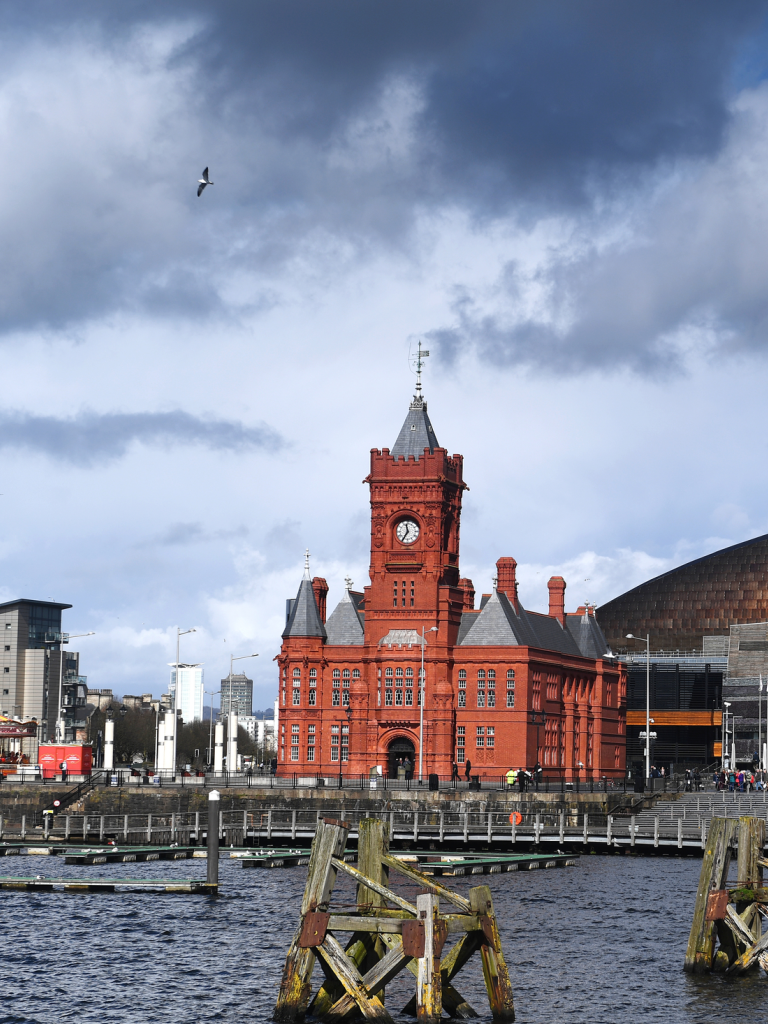
Cardiff Castle, in the city centre was inherited by the Bute family in 1766. It was the 3rd Marquess of Bute who inherited his father’s fortune from the port and by 1860 he was said to be the richest man in the world. He also inherited Castell Coch situated on the outskirts of the city. His extravagant imagination and wealth with the help of the great architect William Burgess transformed both castles to the magnificent home today. Visitors can visit the castle today and take in the grandeur of the Victorian buildings as well as the Roman remains and Norman Castle.
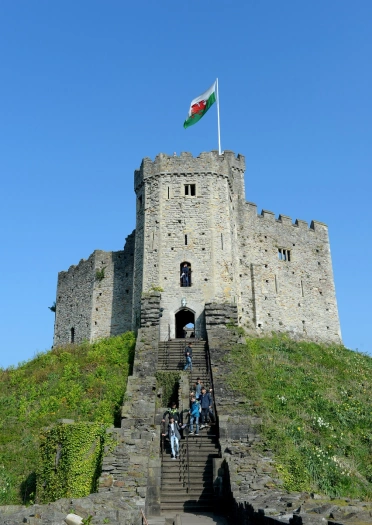
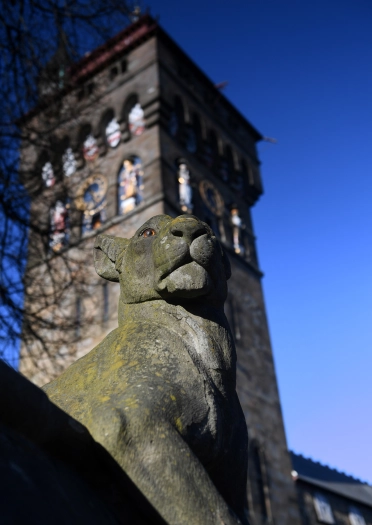
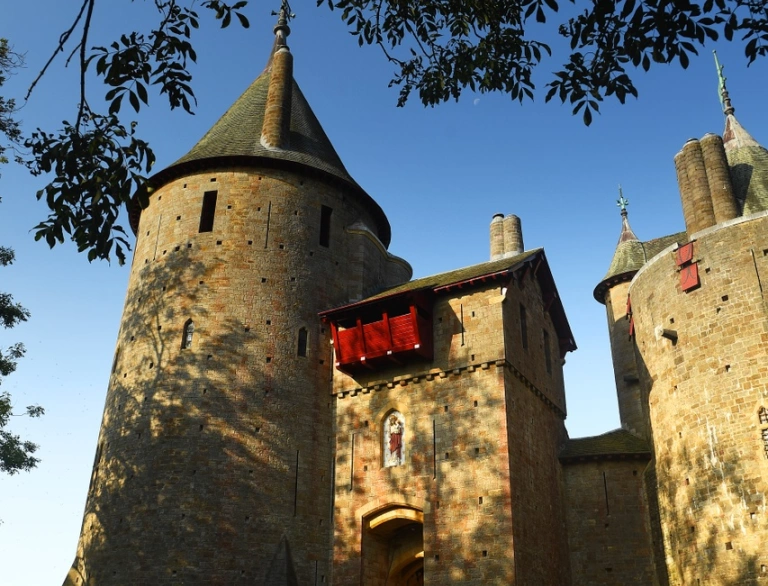
St Fagans National Museum of History is a living history museum that has many buildings from all over Wales that have been rebuilt on the site and some have links to the Industrial Revolution. Rhyd y car Terrace, built by Richard Crawshay, in Merthyr Tydfil, is a terrace of six houses depicting six different periods of history between 1805 through to 1985. The Oakdale Workman’s Institute was a focus for social, culture and education and many towns had similar venues. Gwalia Stores is a typical shop from the South Wales valleys. The Vulcan Hotel was built originally in Cardiff in 1853 to serve the Irish community, many originally worked in the construction of the nearby docks.
The ‘Life is’ gallery tells the story of Wales from different objects and includes an Italian coffee machine. Many Italians immigrated to the South Wales valleys in the 18th and 19th century and in many of these towns an Italian café became a social hub for the community.
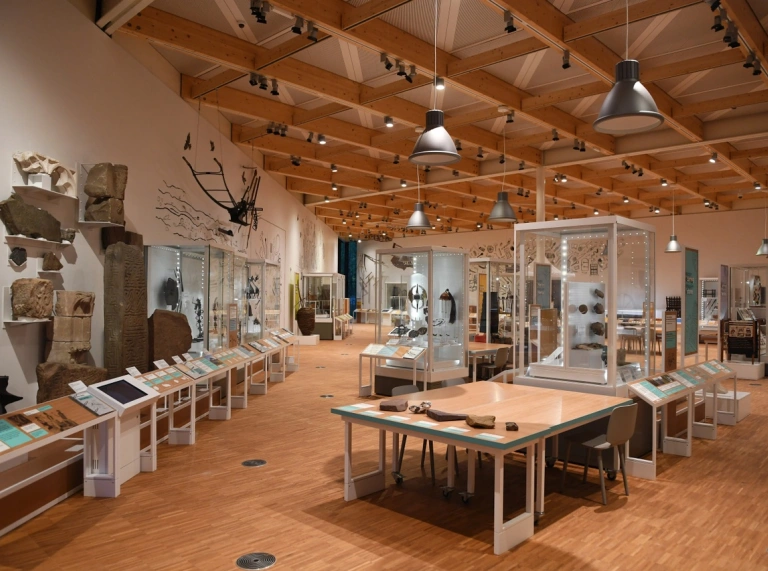
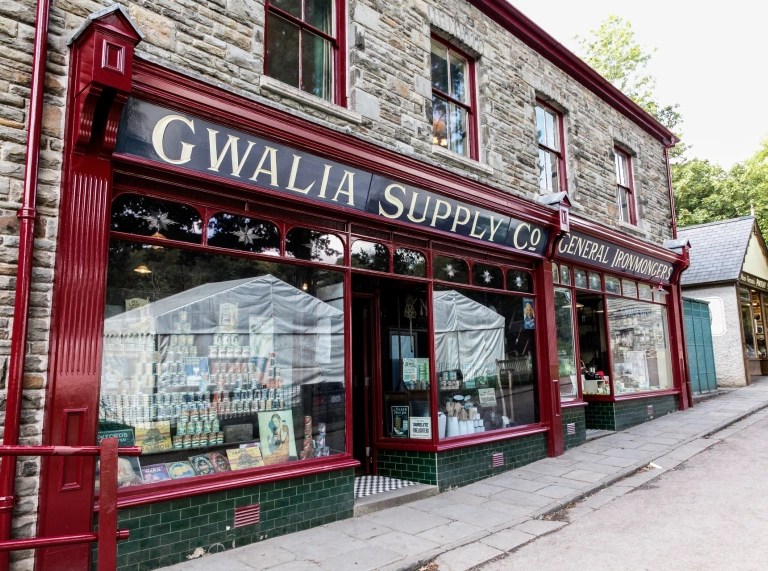
Merthyr Tydfil
As a result of the Industrial Revolution, Merthyr Tydfil became the centre of iron production. By the early 1800's it was the most populated town in Wales with locals and migrants from around the world who came to work in the ironworks owned by the Guest and Crawshay families.
Cyfarthfa Castle was built by William Crawshay II in 1824 and was the family home overlooking the valley and the ironworks. Today, it is a museum where visitors can learn more about the history of the town, including the world's first steam locomotive built by Richard Trevithick built in 1804.
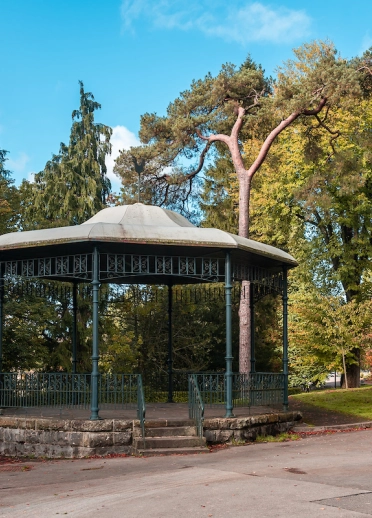
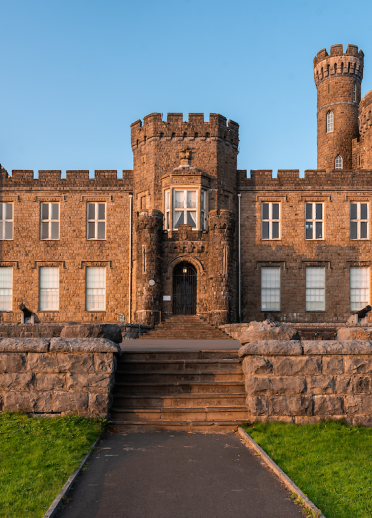
Newport
The Newport Ship was a medieval merchant ship capable of shipping around 300 tones of cargo. It's final journey began in Lisbon around the middle of the 15th century, transporting wine to Bristol. Having sustained damage following a rough journey, it sailed across the Bristol Channel to dock at Newport for essential repairs. Tragically, when the ship was pulled onto the cradle in the dry dock, it collapsed leaving the ship unable to be saved. Only the hull was left after the remains of the ship were stripped and salvaged. Many artefacts have been resurrected following the restoration project and clients can visit and learn more about the history, excavation and conservation of the ship. Guided tours for groups can be arranged by contacting +44 (0)1633 274167.
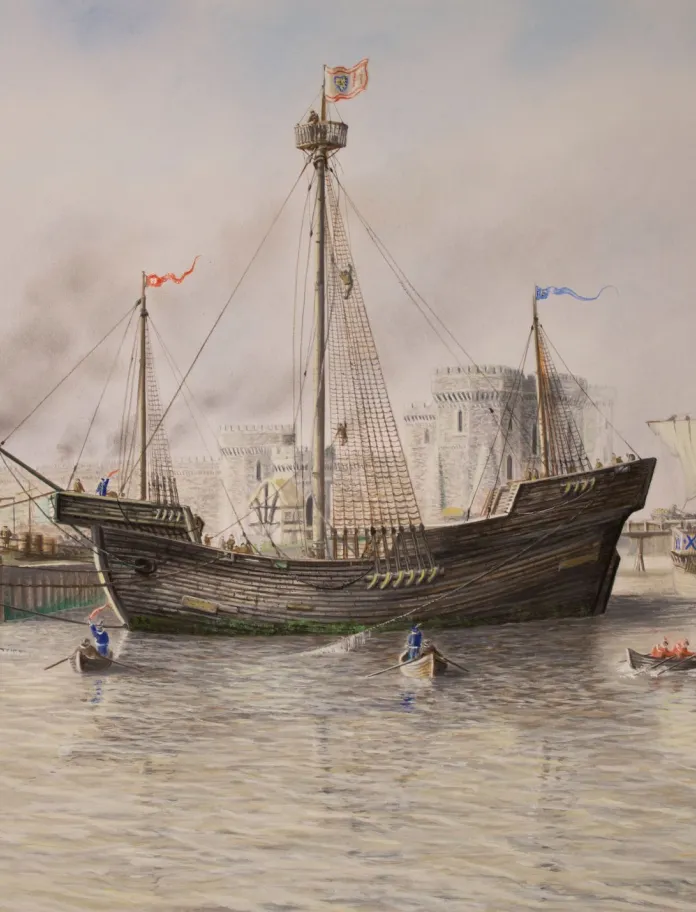
The South Wales valleys
Known locally as ‘The Valleys’, the landscape as we see today is the legacy of the Industrial Revolution. Initially it was a rural area that was rich in many natural resources including iron ore, limestone, timber and coal. These were transported to key towns such as Merthyr Tydfil, Swansea and Cardiff.
By the early 19th century, South Wales was the world’s biggest producer of iron; a century later, a third of the world’s coal was mined in this area and much of the local population was employed in these industries. By 1851, Wales was the world’s first industrial society, this meant that more people were employed by industry than agriculture. By 1913, there were 232,000 working in 620 mines although the largest number ever to work in the mines was in 1920 with 271,000 men.
Today, visitors can still see the legacy; the landscape and mining towns that have the iconic rows of terraced houses following the line of the valleys, grand chapels and often home to male voice choirs. Some pit heads are still standing marking the site of some of the former coal mines. The industrial revolution changed the South Wales valleys forever, but it has created a unique heritage and culture that is still evident in this part of Wales today.
A Welsh Coal Mining Experience is at Rhondda Heritage Park Museum, formally the Lewis Merthyr Colliery. Retired miners are the tour guides who give an insight into the coal industry of South Wales and life underground with ‘The Valley’s humour’. The ‘Black Gold Experience Underground Guided Tour’ takes visitors through the Trefor & Bertie Engine Houses and lamp room where your clients will collect a miner’s helmet for the journey underground. Group rates are available for groups of 10+. Onsite there is also Caffe Bracchi and a gift shop.
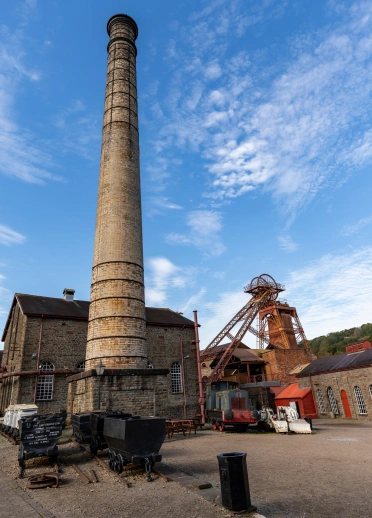
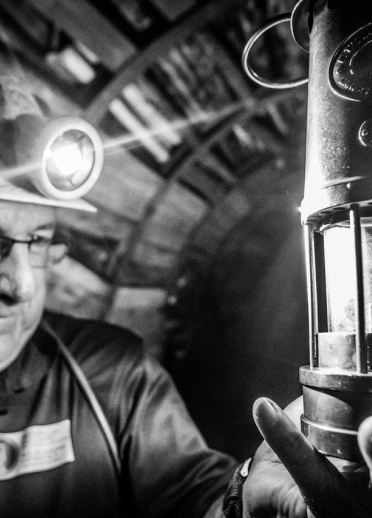
The former old Tower Colliery mining site is now home to an exhilarating adventure experience, Zip World Tower. Located within the Rhigos mountain range, it offers four adventures. Phoenix offers stunning panoramic views along the fasted four line zip in the world. Tower Coaster is a two seater coaster, travelling at speeds of up to 25mph. The outdoor three storey activity adventure course Tower Climber has 69 different obstacles to tackle. And finally, Tower Flyer, designed for adults and young children who want to experience zip lining but are unable to take on the adrenaline rush of Phoenix. Refreshments are served at Cegin Glo bar and bistro which provides reference to the former coal mine. Coach parking is available on site.

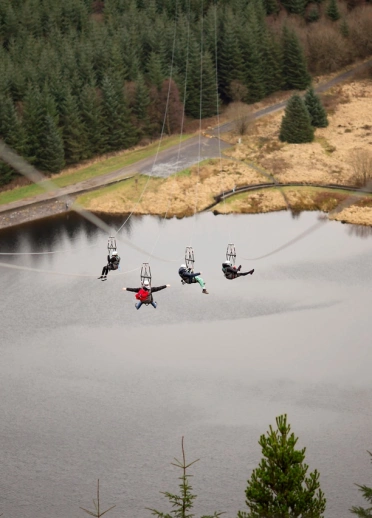
Swansea
The Industrial Revolution resulted in Swansea becoming the centre for tinplate production it was where 90% of the word’s copper was smelted, giving the name ‘Copperopolis’. In addition almost all the world’s zinc and 75% world’s tin plate was produced in Swansea too.
The National Waterfront Museum is located on the waterfront in Swansea and tells the impact of the Industrial Revolution in Wales using a mix of modern technology and traditional museum displays.
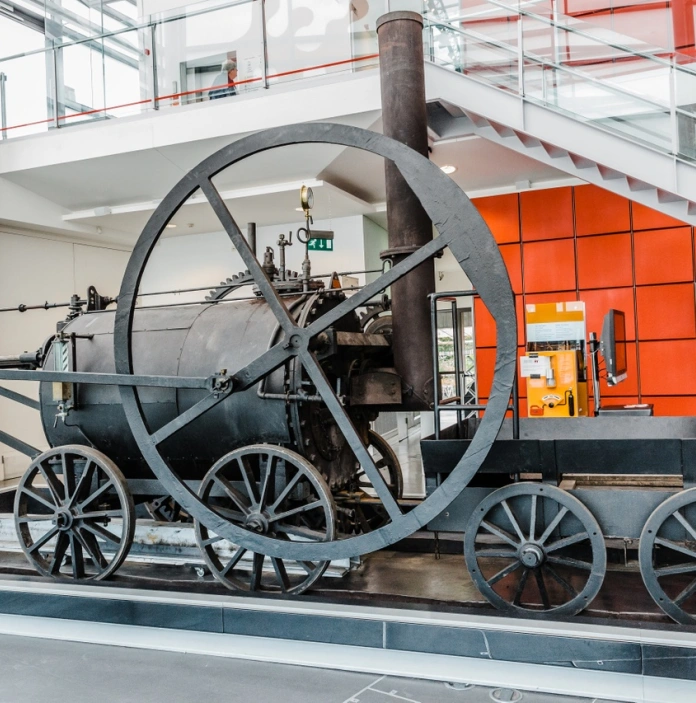
Visit Hafod Morfa Copperworks, which is free to visit and open all year. The site played a major part in the industrial revolution from the start of the 19th century, becoming the world's largest copperworks by the 20th century. The site is part of a ten year development project, and is currently being transformed into a major heritage and tourism destination. QR codes can be scanned on the trail for information about the site. Group tours can be provided in advance by contacting hafodmorfacopper@gmail.com.
The former derelict powerhouse has been lovingly transformed and restored by Penderyn Swansea Copperworks Distillery. Its third site in Wales, the distillery offers tours, a tasting bar and masterclasses. The Penderyn Farraday single copper pot stills are made of copper, and they have even created a copper tunnel giving the feel of what copper smelting was like.
